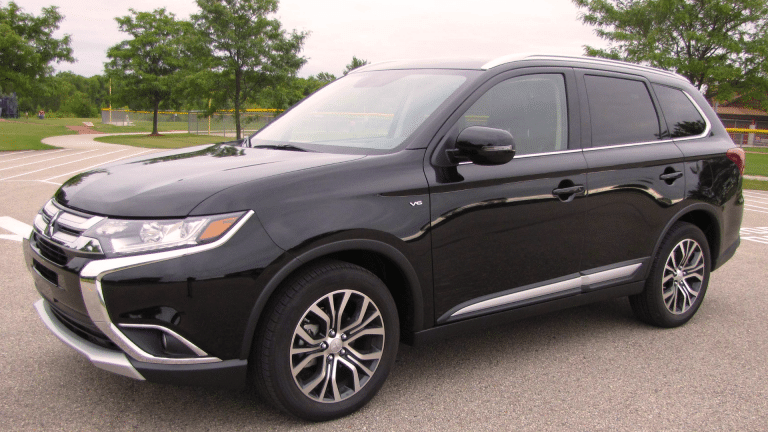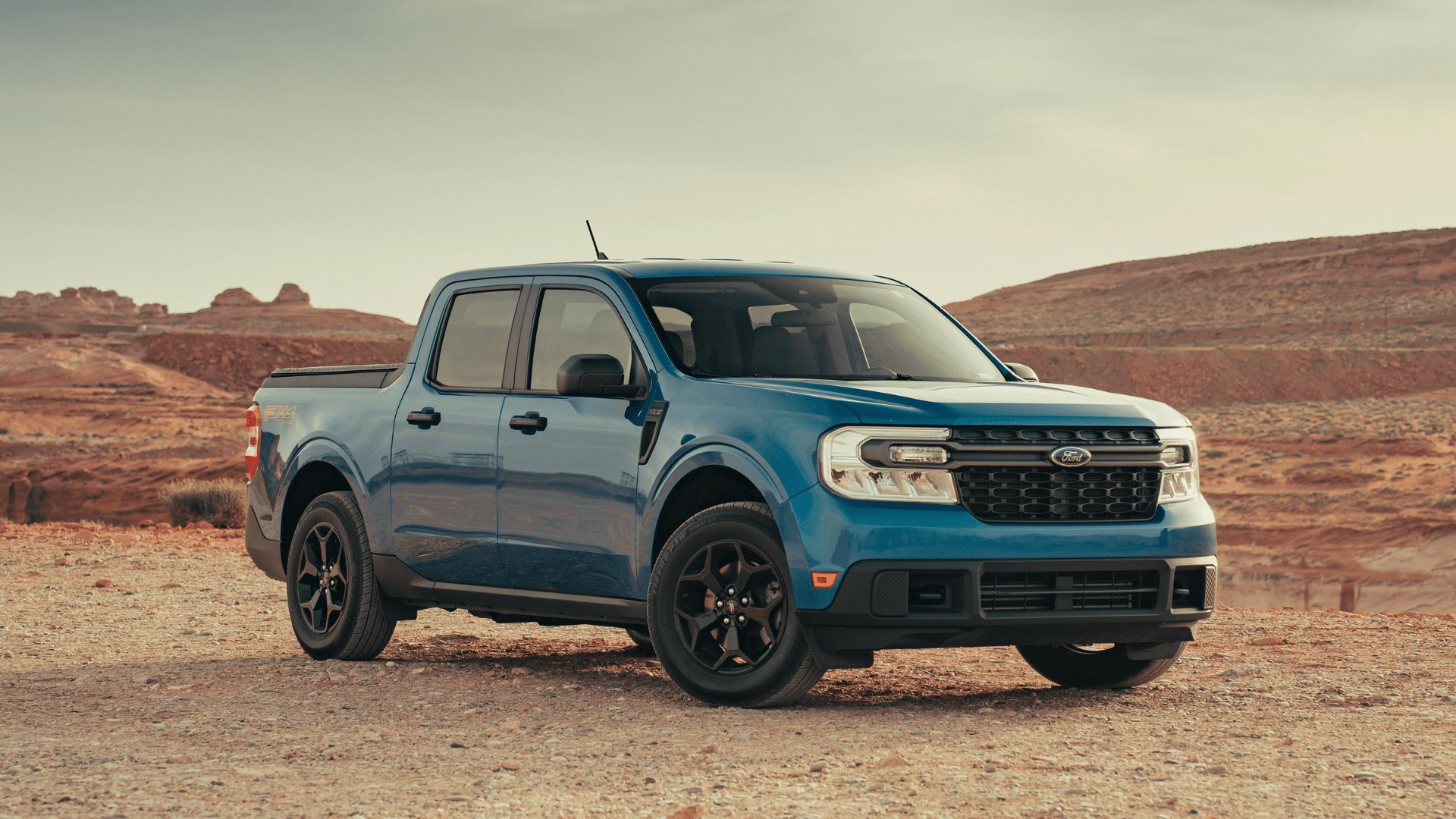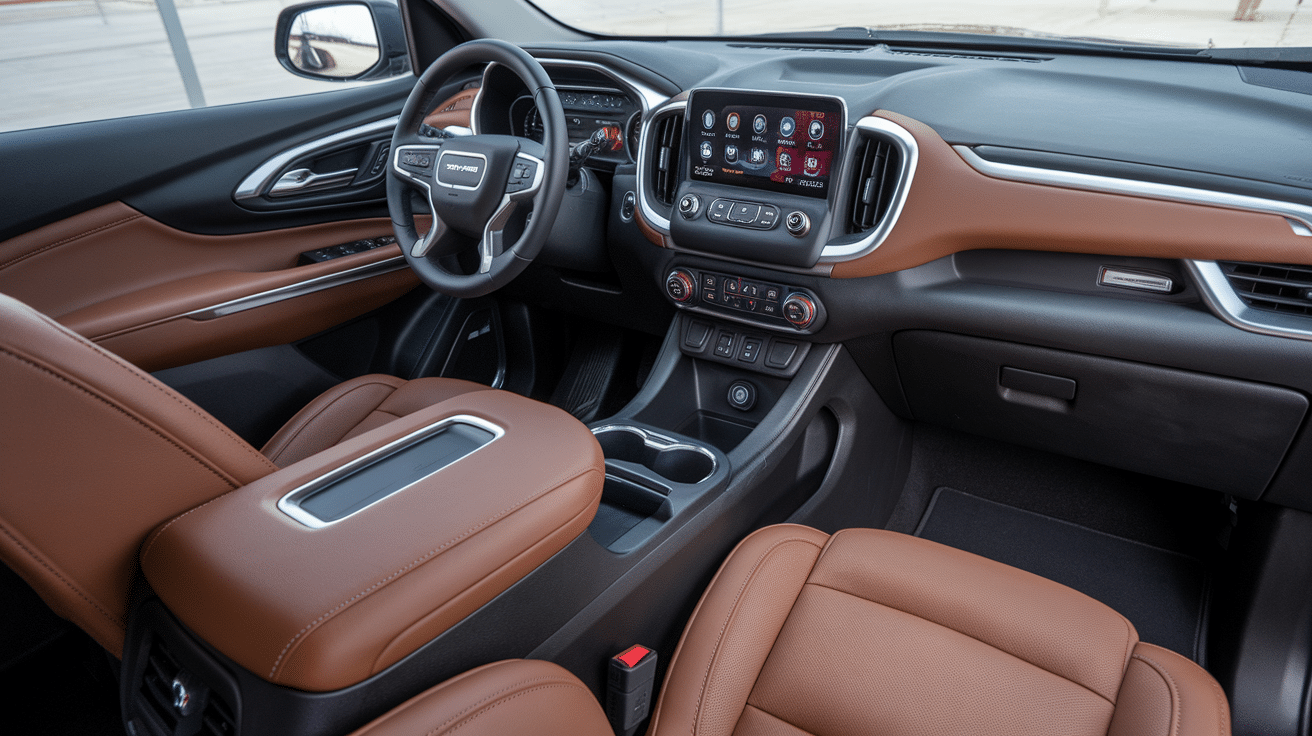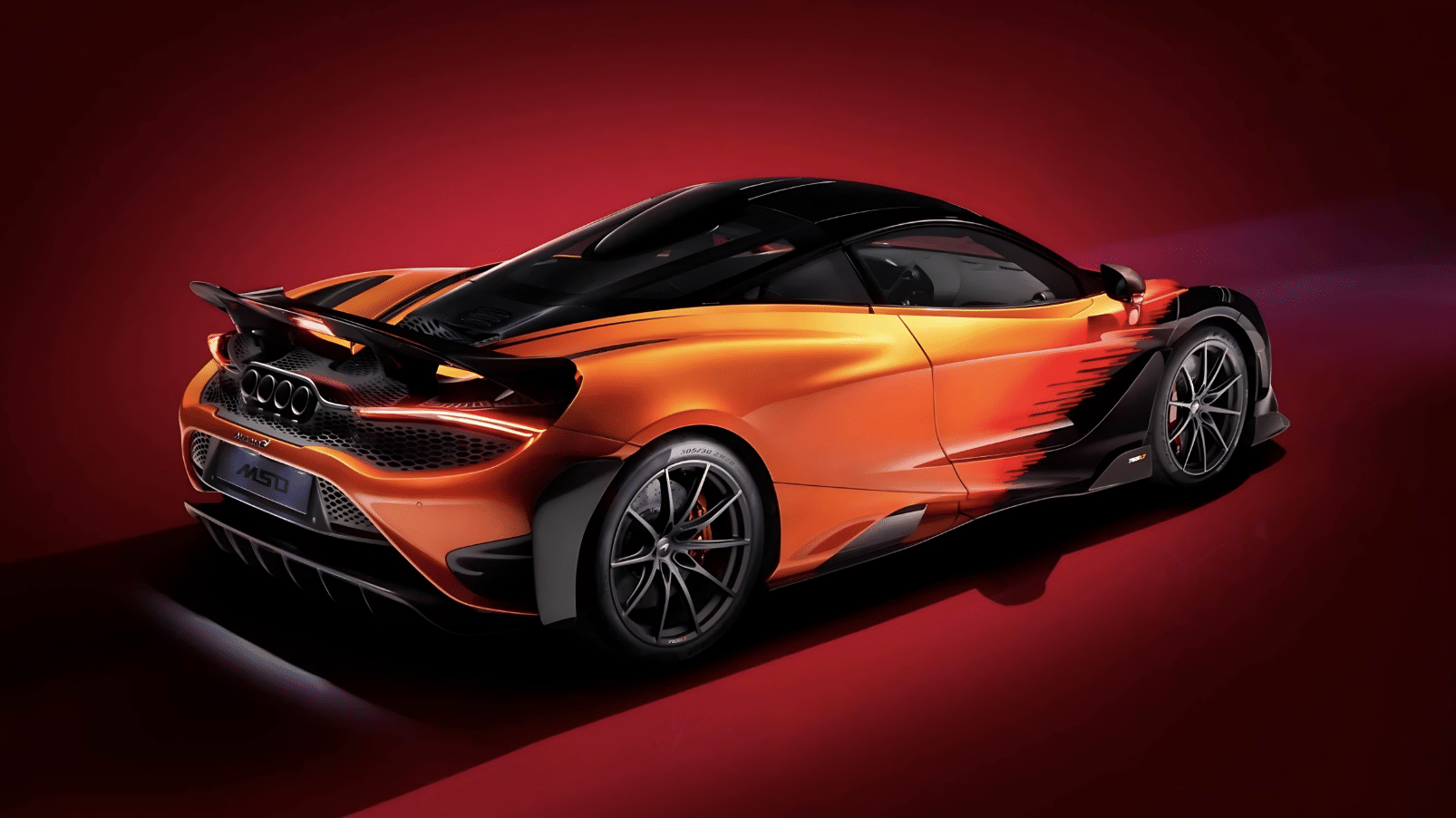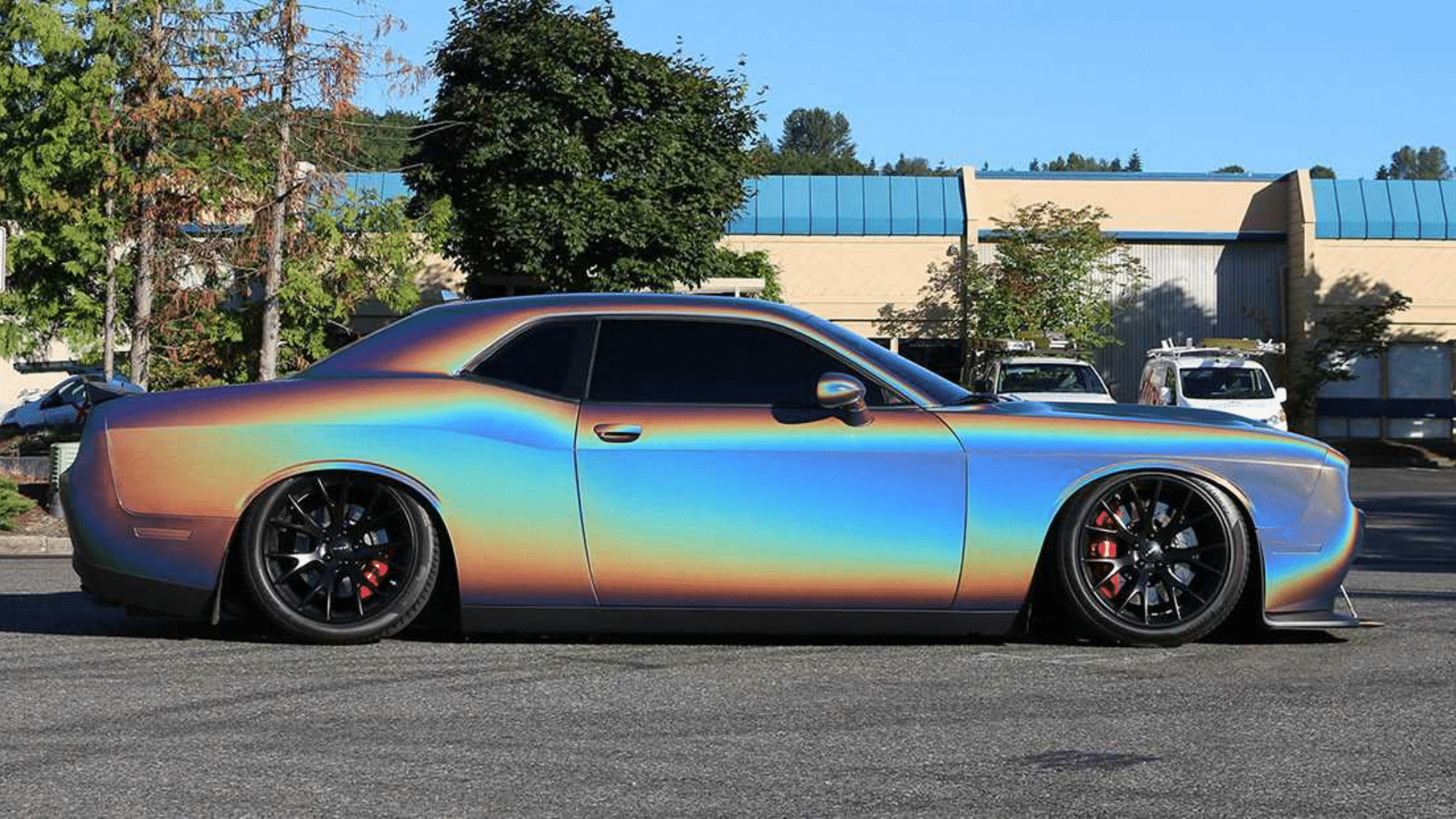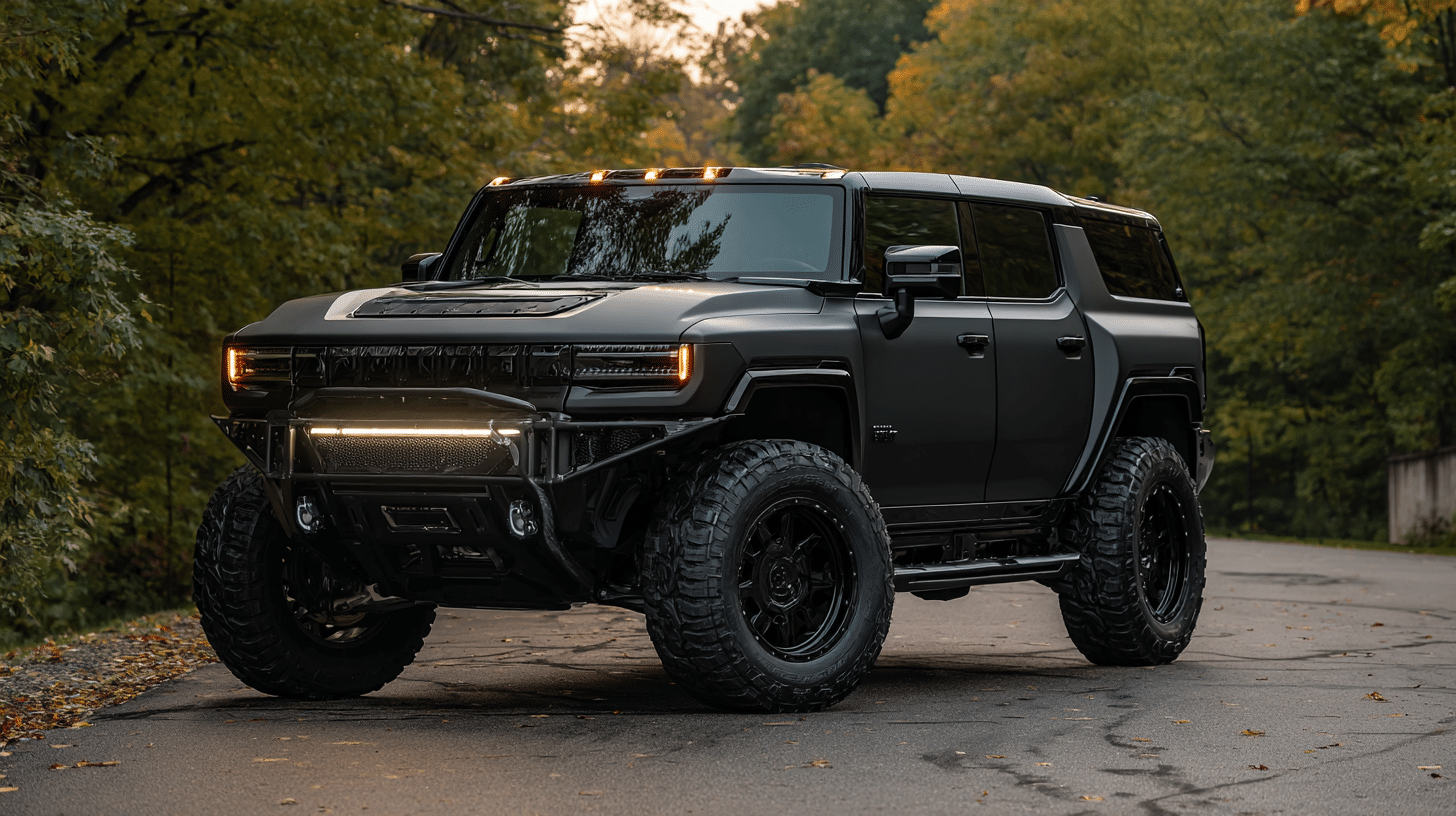Mitsubishi isn’t the first brand that comes to mind for most car buyers, but it quietly offers some big perks like an industry‑leading warranty and an affordable lineup.
Wondering, “Are Mitsubishi good cars?” Yes, if you want a dependable, low-cost ride with a long warranty.
However, it may fall short in performance and premium touches compared to Honda or Toyota. Mitsubishi is regarded as a reliable and affordable brand, offering good fuel efficiency.
In this guide, you’ll find hard numbers on reliability, real‑world maintenance costs, and honest comparisons to rival brands.
Expect model‑by‑model insights and tips for first‑time buyers. I’ll also compare Mitsubishi’s long warranty, resale value, and safety scores to rivals so you see the full picture.
Mitsubishi’s Brand Overview and History
Mitsubishi, a Japanese automaker, built its first car in 1917 and later gained recognition with models like the Lancer Evolution and the rugged Pajero.
These days, though, you’ll see Mitsubishi leaning into practical SUVs and fuel‑saving small cars instead of high‑octane performance machines.
- Outlander: Compact SUV, optional 3rd row (7 seats) – the flagship family mover.
- Outlander Sport (ASX): Smaller crossover that’s easy to park and nimble in traffic.
- Eclipse Cross: Stylish compact crossover with a turbo engine and available AWD.
- Mirage and Mirage G4: Budget‑minded hatchback and sedan that can hit up to 43 mpg highway (nielsenmitsubishi.com).
Mitsubishi cuts extras to keep prices low and backs its cars with a longer warranty.
As a smaller member of the Nissan-Renault-Mitsubishi Alliance, it focuses on budget-friendly SUVs and economy cars. In 2020, it sold about 87,000 vehicles in the U.S., compared with Toyota’s 2 million.
Mitsubishi Ownership Costs and Reliability Stats
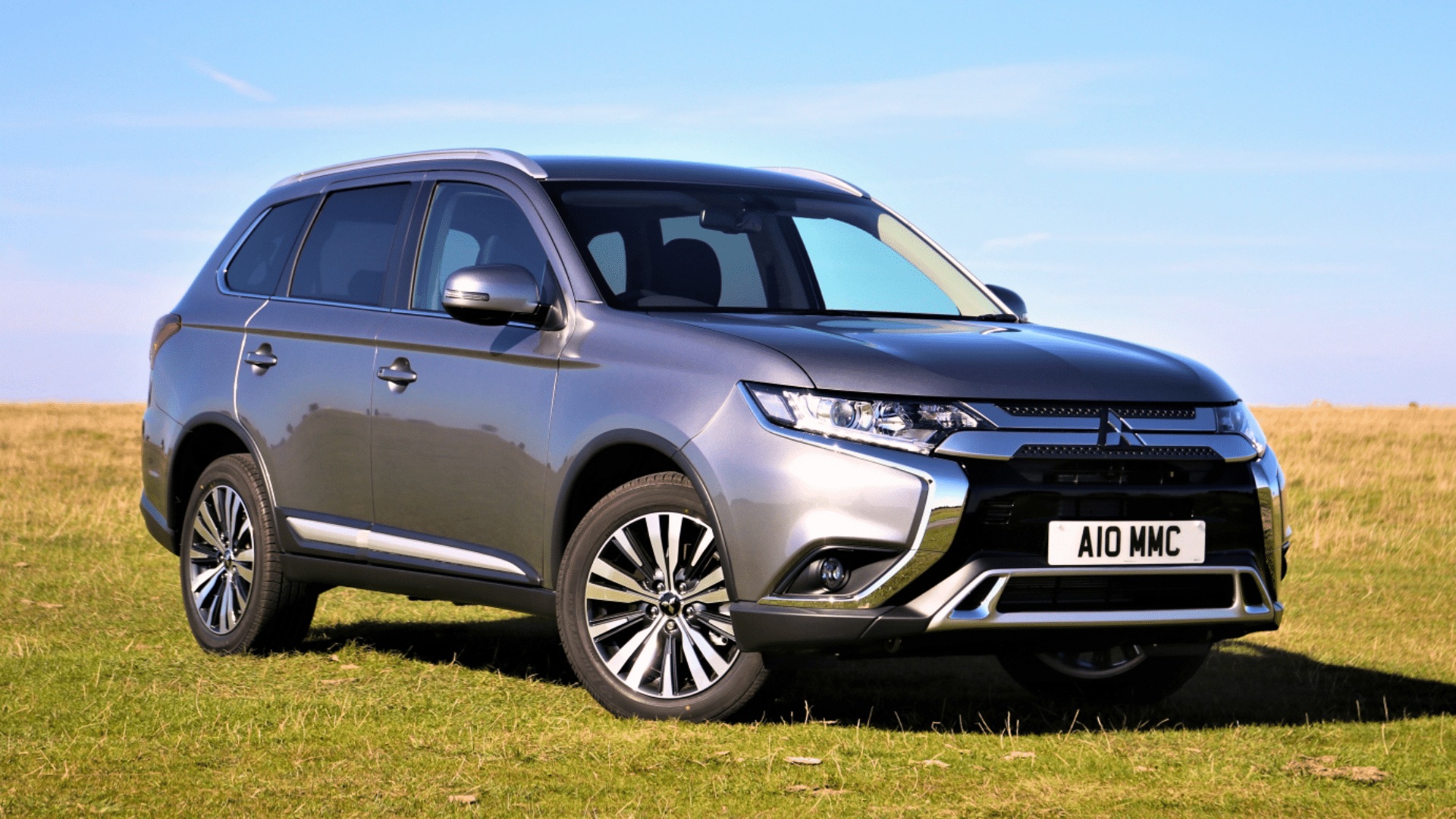
When it comes to reliability, Mitsubishi cars have made significant strides in recent years.
According to RepairPal, Mitsubishi boasts a reliability rating of 4.0 out of 5, ranking 6th out of 32 brands overall, which is excellent. Additionally, the 2023 J.D.
Power Vehicle Dependability Study placed Mitsubishi among the top 5 most dependable brands, even ranking above Toyota. This is a huge win for Mitsubishi, as it shows they’ve worked hard to improve their reputation.
These rankings mean that Mitsubishi owners generally experience fewer or cheaper problems than owners of other car brands.
The company’s vehicles tend to have lower repair costs and fewer mechanical issues than many competitors.
Why the Improvement?
If you’ve heard that Mitsubishi struggled with reliability in the past, you’re not wrong.
In 2016, Consumer Reports ranked Mitsubishi last among Japanese automakers, citing issues like low road-test scores and an aging lineup.
However, a lot has changed since then. Mitsubishi has simplified its lineup, focusing more on getting its core models right. The alliance with Nissan likely helped improve their quality control as well.
Furthermore, Mitsubishi’s vehicles are less complex, with fewer new technologies, which often means fewer things to break and lower repair costs.
Less Reliable Instances
While most Mitsubishi models are reliable, there have been some issues with older cars.
For example, the 2014 Outlander had some airbag recall issues, and certain years of the Lancer had transmission problems.
However, Mitsubishi addresses recalls diligently, and many owners report that their cars last for 150,000 to 200,000 miles with regular maintenance.
That’s comparable to other Japanese brands in terms of longevity.
Owner Satisfaction and Maintenance
Many Mitsubishi owners feel satisfied with their vehicles. The Outlander has an average customer satisfaction score of 3/5 from MotorVerso, which is decent for its class.
Many owners claim their Mitsubishis “run forever” when taken care of properly.
In summary, Mitsubishi has worked hard to improve its reliability, and today, its vehicles tend to be dependable, affordable, and easy to maintain.
Are Mitsubishis Expensive to Maintain?
When it comes to routine maintenance, Mitsubishi cars are generally inexpensive to maintain. On average, owners spend around $535 per year on maintenance and repairs, which is lower than the $652 industry average.
This ranks Mitsubishi favorably compared to many other brands, which ties back to its solid repair and reliability scores.
Mitsubishi’s routine repairs are also on the affordable side. These are a few examples:
- Oil changes: $75-$125 (standard for many vehicles)
- Brake pad replacements: $150-$300 per axle (similar to other brands)
Parts like filters, belts, and brake components are widely available and shared with other vehicles, which helps keep service costs reasonable (Nielsen Mitsubishi).
Common Issues to Watch
- CVT transmissions: Some 2010s Outlanders and Lancers had CVT transmission problems, like premature failure that required replacement. Mitsubishi extended warranties and issued fixes for many of these issues.
- Paint and body: Older Mitsubishis (especially from the 2000s to early 2010s) sometimes had clear coat peeling problems, especially in sunny areas. It’s purely cosmetic, but something to check if you’re looking at used models.
- Airbag sensors: There were some issues with airbag sensors, which are important to address for safety. Mitsubishi usually handles these issues well with recalls and fixes.
Longevity of Parts
When properly maintained, Mitsubishi engines and transmissions are robust.
Some older models, like the Montero/Pajero, have reached 250,000 miles or more, proving that if you take care of your car, it can last for a long time.
Overall, Mitsubishi’s maintenance costs are affordable, and with regular upkeep, many owners report that their cars last for years and years without major issues.
Performance Expectations with Mitsubishi
Mitsubishi cars are not about speed or high performance, and that’s by design. The brand focuses on affordable, reliable transportation that’s easy to drive, not race-track-ready performance.
1. Handling and Ride
Most Mitsubishi models prioritize a comfortable ride and easy driving over sporty handling.
They’re tuned to be soft and stable, meaning they handle daily commutes and rough roads well. However, the trade-off is less excitement; test drivers often describe the steering feel or acceleration as “dull”.
But it’s not all bad news; the new 2022 Outlander has received praise for improved ride quality and a quieter cabin compared to the old model.
It’s more composed on the road now, and that’s a big plus.
2. Notable Performance Models
Mitsubishi once had a reputation for performance, think of the Lancer Evolution, a high-performance sedan beloved by enthusiasts.
But Mitsubishi largely exited the performance arena after the last Evo was discontinued in 2016.
Since then, the brand hasn’t produced sports cars, and if you’re an enthusiast, this brand likely won’t offer a factory track-ready car.
However, you can still find older Evos and sporty trims on the used market, and they still have a cult following.
3. Fuel Efficiency vs. Performance
While Mitsubishi doesn’t win any drag races, it’s excellent in terms of fuel efficiency. The Outlander achieves about 30 MPG combined, and the Mirage can rival some hybrids in efficiency.
So, while performance might not be the focus, you’ll save at the pump, which is a conscious decision made by Mitsubishi’s engineers.
4. All-Wheel Drive and Off-Road Capability
Mitsubishi does offer its All-Wheel Control (AWC) system on its SUVs, providing decent light off-road or snow performance.
Mitsubishi has rally heritage; its Montero/Pajero won the Dakar rally, so its 4×4 systems are proven. The Outlander won’t beat a Jeep off-road, but it’s capable on dirt roads and in winter conditions.
If you need a car that can handle some light off-roading or the occasional snowstorm, Mitsubishi’s AWD system is a reliable option.
Safety and Technology Features
Mitsubishi’s current models perform well in safety tests. For example, the 2023 Outlander earned a Top Safety Pick from the IIHS and a 5-star overall rating from NHTSA.
Smaller models like the Eclipse Cross and Mirage have earned 4- to 5-star ratings in Euro NCAP testing.
There’s no safety red flag with Mitsubishi; these cars meet modern safety standards and come with advanced driver aids as standard on many trims.
Standard Safety Tech:
- Forward Collision Mitigation (auto-braking)
- Lane Departure Warning
- Blind Spot Monitoring & Rear Cross-Traffic Alert
- Standard backup camera and multiple airbags
In terms of infotainment, Mitsubishi’s systems are modern but not cutting-edge.
However, compared to competitors, graphics are simpler, and advanced features like adaptive cruise control or heads-up displays aren’t available on most models.
Inside, Mitsubishi’s cabins often use hard plastics, which can feel cheap compared to rivals like Mazda or Kia. But higher trims do offer comfort features like heated seats or sunroofs.
How Does Mitsubishi Compare to Other Brands?
When you’re deciding between Mitsubishi and other brands, it’s helpful to compare key areas like reliability, quality, price, and warranty. This is a quick breakdown to help you make an informed choice.
| Aspect | Mitsubishi | Toyota & Honda | Nissan/Hyundai/Kia | Subaru/Mazda |
|---|---|---|---|---|
| Reliability | Strong recently outranked Toyota in some studies. | Toyota has a longer track record. | Similar to Nissan, a longer warranty. Hyundai/Kia is improving. | Strong, especially in AWD (Subaru). Mazda is known for the driving feel. |
| Quality & Drive | More affordable, longer warranty, but less refined. | More power, refinement, better interior polish. | Hyundai/Kia offers better interiors and tech. | Subaru and Mazda excel in driving dynamics and AWD. |
| Price & Warranty | Low MSRPs, 10-year warranty. | Higher MSRPs, excellent resale value. | Lower prices, similar warranties. Hyundai/Kia has better interiors. | Lower price, longer warranty than Subaru/Mazda. |
| Unique Selling Point | Best value for the money, lower upfront cost, longer warranty. | Refinement and reliability come at a higher cost. | More tech and luxury from Hyundai/Kia. | Subaru’s AWD leadership, Mazda’s sporty feel. |
Best Mitsubishi Models and Model-Specific Highlights
Mitsubishi’s lineup offers a solid mix of affordable, reliable cars, with models that cater to different needs, from budget commuters to family-friendly SUVs.
1. Mitsubishi Outlander
The Outlander is often considered Mitsubishi’s best model due to its modern features, 3-row seating option, and impressive reliability.
The 2023 Outlander earned a Top Safety Pick and a 5-star NHTSA rating, highlighting its improvements. It’s ideal for families looking for a spacious SUV at a reasonable price.
2. Mitsubishi Eclipse Cross
The Eclipse Cross offers unique styling, including a split rear window, and has received high safety ratings (5-star Euro NCAP).
Though not a top seller, it’s a great option for those who want an affordable crossover with a distinct look and good reliability for everyday driving.
3. Mitsubishi Outlander Sport
The Outlander Sport has been on the market for over a decade and continues to be a solid small SUV.
It’s simple, reliable, and relatively cheap to run. Perfect for those who need an affordable, compact vehicle that’s great for city driving but still offers decent space and capability.
4. Mitsubishi Mirage
The Mirage is one of the cheapest new cars available, with great fuel economy (up to 43 MPG).
It’s a no-frills car perfect for city commuters or those on a tight budget. While its acceleration is slow and it offers basic amenities, it’s unbeatable in terms of value for money.
5. Mitsubishi Triton/L200 or Pajero Sport
If you’re outside the US, the Triton pickup and Pajero Sport SUV are known for their toughness and off-road ability.
The Triton is a reliable workhorse in markets like Asia and Australia, providing strong performance for those who need a rugged, dependable vehicle.
Conclusion
When you consider all the factors, reliability, cost, safety, and trade-offs, Mitsubishi emerges as a legitimately good car brand for many consumers, especially those prioritizing value and peace of mind.
It may not top the charts in every category, but it delivers on what it promises: durable, efficient vehicles that won’t break the bank.
Key Takeaways:
- Pros: Excellent warranty, low ownership costs, and improved reliability
- Cons: Understated performance, some outdated tech or design elements
If affordability and reliability top your list, Mitsubishi might be the smart choice.
Consider test-driving the Outlander or Eclipse Cross. With Mitsubishi’s focus on SUVs and hybrids, it’s a safe bet for the long run.
In the end, “good” is about what you need; Mitsubishi could be just the right fit.


